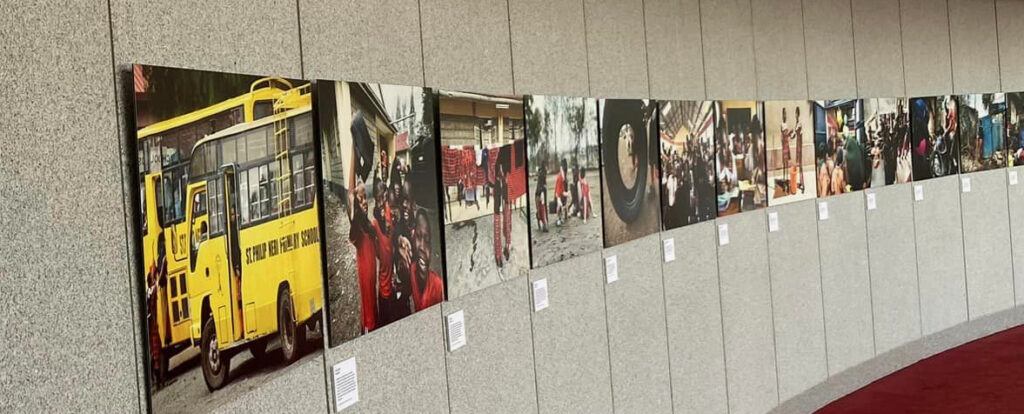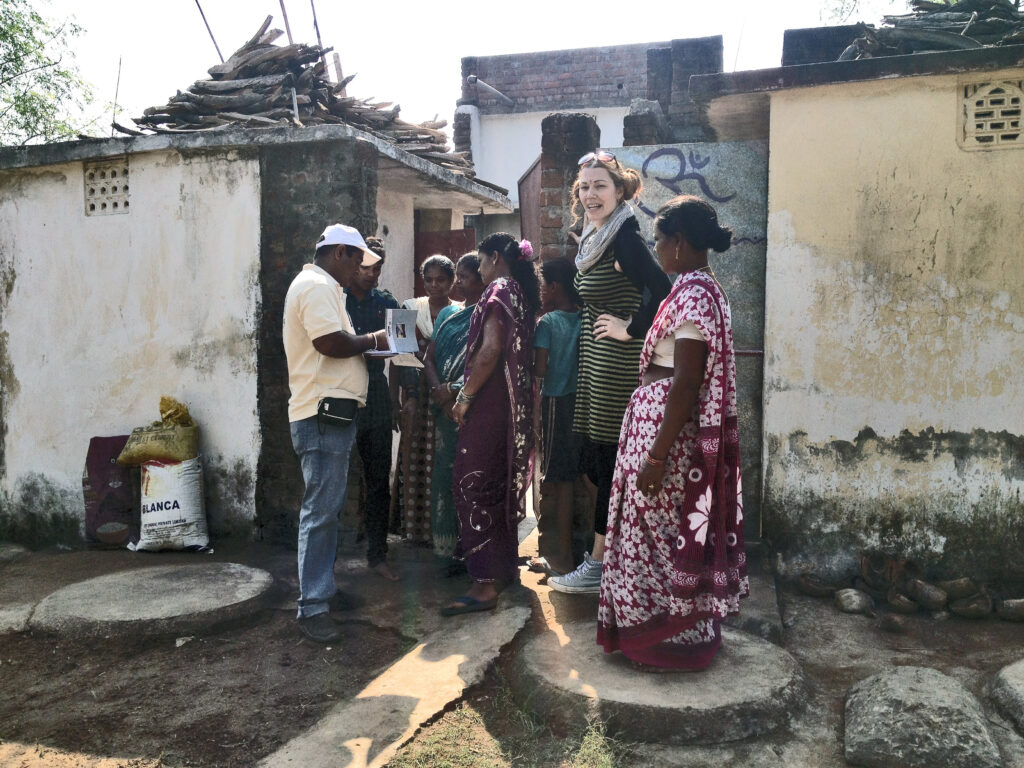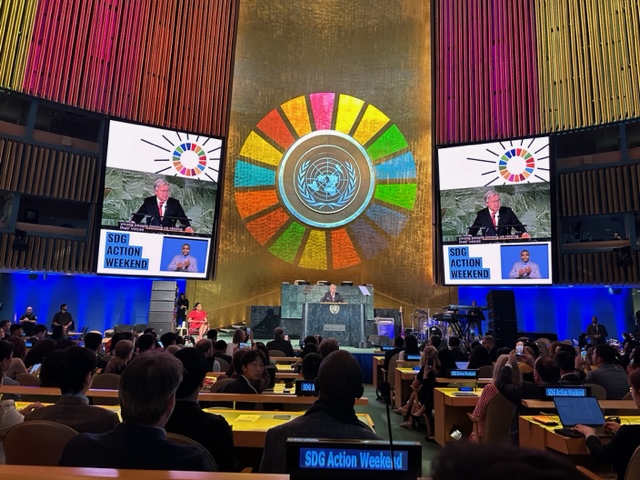Module 2: Taking an action towards the SDGs fulfilment –> Section 2: How to organize community event at the local level

There are many types of Public events you may consider for your SDG-related action at the local level. Depending on your organization’s budget you may organize: Local meetings, Community and Constituency group meetings, Equality Circles, Focus Group Discussions, Long Table, or even People’s Assemblies.
Local events or People’s Assemblies?
Very popular and cost effective might be Local meetings on a local or grassroots level where communities and constituency groups will come together to deliberate their issues. You can imagine a Half or full-day meeting with 15-30 participants in the countryside or an urban area.
According to Faces of migration consortium: A People’s Assembly is a meeting or consultation organised by communities or constituency groups in cooperation with the civil society at local, sub-national, national, regional, and global levels to identify their issues and problems, analyse the structural causes, discuss and develop a set of demands, devise remedies, and prepare the roadmap for their engagements to address them. Read more on organizing People’s Assemblies in the toolkit by GCAP (People’s Assemblies 2023 during the Global Week to Act4SDGs).
At the local, national or international level, a People’s Assembly can be organised by various groups for a half-day, full-day, or more to discuss the issues affecting them, existing welfare schemes, if any, demands to the government, and what could or should be done for the welfare of the community.

People and communities come together to:
- Analyse the current situation
- Analyse the inequalities people and communities are facing
- Give inequalities a face
- Formulate demands to end inequalities in the community, nationally and globally
- Prepare the inputs for the National People’s Assembly
- Decide on actions
Steps Before the event
Understanding the current situation and goals you wish to achieve is crucial when planning. Educate yourself and ask: What are the current local realities before the event and how should these realities change after the event. Identify your target group by thinking about who is the event for and get to know their needs.
Good promotion is the key to a successful event. Therefore, think about promotion on all channels, so the public can learn about our event. Let’s use websites, social media – like Facebook, Instagram, LinkedIn. You can also inform the public through the local media (local press, local radio), local government sites or public bulletin boards. While promoting the event Use an effective communication strategy, called Hope-Based Communication.
Let’s also keep hope in mind (and apply Hope-based communication) when:
- thinking about the message we want to share with others
- formulating the message (wording)
- choosing the pictures accompanying the message
- designing events
Important Event planning Checklist
The key to any successful event is organization. It is possible to host a successful event with little to no money thanks to a good preparation and a group of volunteers. A checklist can help you and your group of volunteers keep track of all your event details. It may help you identify all the necessary steps for your event to be successful. Find out more on How to host an Event and use the Event planning checklist by OXFAM (How to get started: A menu of ideas).
The checklist items are listed in chronological order. We recommend that you check off each task as you complete it (It’s a great feeling):
- Identify your audience members and their interests
- Determine your purpose and goals
- Clarify what you want to achieve
- Choose the type of event
- Set a date
- Determine your budget
- Compile a list of what you will need for your event
- Reserve a venue and file for any related permits
- Get commitments from volunteers
- Be creative – make it interesting and fun
- Promote your event
- Prepare for the worst, create contingency plans
- Do a run-through
- Enjoy your event
- End with action

Steps after the event
It’s important to celebrate your event, show your appreciation and express your thanks to all involved. You may:
- Organise a meeting or a call with the people involved
- Analyse together what went well and where you want to improve
- Think about the follow-up
- Include new contacts in your address base
- Send the information about the event to your national network
- Express your thanks to all involved
- Celebrate a moment of gratefulness to yourself
Watch How UN Mongolia call to participate in the UNITE TO ACT stunt to show your solidarity and unity for a sustainable, just and peaceful world looked like (UNITE TO ACT for SDGs).
Do not forget to Evaluate your activities related to the event organization after it’s over. Think about what worked and what didn’t. Talk to attendees, volunteers, special guests, and others involved. Capture the information and file it for next year’s event planning.
Monitoring and evaluation are also crucial for supporting wider organisational learning. They can influence future campaigns and events. They can also be used to demonstrate accountability to stakeholders by providing evidence for giving feedback on the performance and achievements of the events. Read more on Evaluating the SDG-related activity / community event by Diaconia ECCB and GCAP (How to engage the public in sustainable development).
Some key questions to ask in evaluations:
- What are we doing well and what should we continue doing?
- What are we doing okay or badly, and what can we improve?
- What was supposed to happen, what actually happened and why were they different?
- In what ways has our understanding of the situation deepened or changed?
It’s your turn
After reviewing the content in this section on How to organize the SDGs related activity at the local level, we encourage you to share your ideas on planning your own community event in the discussion forum below. Think of:
- What is your target group?
- What kind of communication channels would you use to promote your event?
